Unlocking Acoustic Perfection: Why Soundproof Foam is Your Best Investment for Noise Reduction
In today's fast-paced and noisy world, achieving peace and tranquility at home or in the workplace can be a daunting task. To combat the constant barrage of unwanted noise, many individuals and businesses are turning to soundproof foam as an effective solution. This innovative material is not only practical but also offers an aesthetic upgrade to any space. Soundproof foam is designed to absorb sound waves, minimizing echoes and reducing ambient noise, making it the ultimate investment for anyone seeking to enhance their auditory environment.
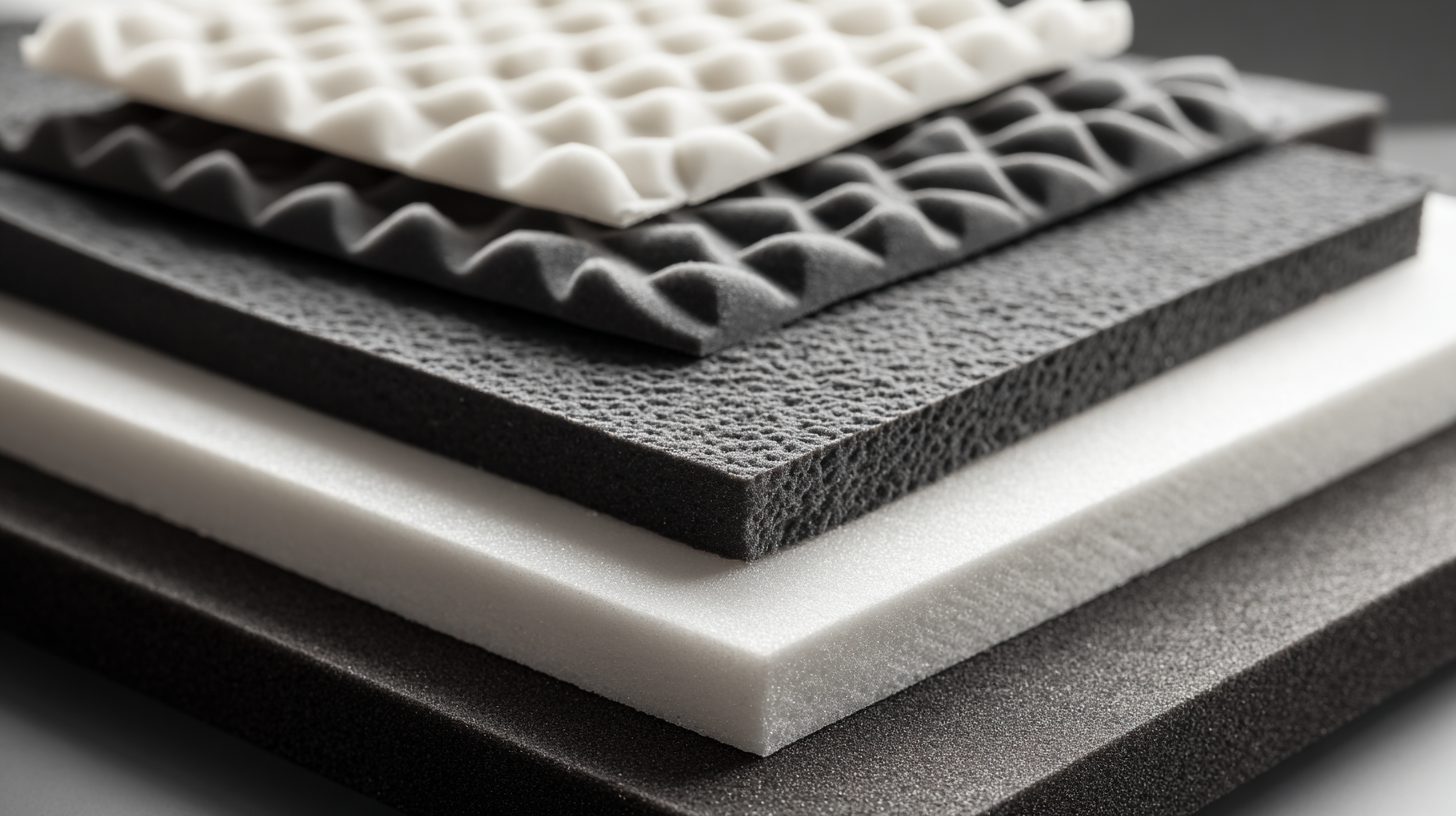
Whether you're a musician needing a quiet rehearsal space, a homeowner wishing to escape the clatter of city life, or a content creator looking for optimal recording conditions, soundproof foam provides a versatile and efficient method for noise reduction. In this article, we will explore the numerous benefits of soundproof foam, highlighting why it is the best choice for those serious about achieving acoustic perfection.
Understanding Soundproof Foam: What It Is and How It Works
 Soundproof foam is an essential material for anyone seeking to improve their space’s acoustics and reduce unwanted noise. Comprised of open-celled structures, this foam works by absorbing sound waves, converting them into a small amount of heat energy. This mechanism is particularly effective in high-noise environments, such as studios or busy homes, where consistent sound management is required.
Soundproof foam is an essential material for anyone seeking to improve their space’s acoustics and reduce unwanted noise. Comprised of open-celled structures, this foam works by absorbing sound waves, converting them into a small amount of heat energy. This mechanism is particularly effective in high-noise environments, such as studios or busy homes, where consistent sound management is required.
When considering soundproofing solutions, remember these tips:
- First, assess the areas most prone to noise infiltration. Installing acoustic panels strategically around these hotspots will maximize sound absorption.
- Second, integrating foam into walls or ceilings can vastly improve sound quality, particularly in smaller rooms where echoes can be pronounced.
- Lastly, don’t forget about floor noise; carpet padding made with sound-absorbing materials can significantly diminish the impact of footsteps and other disturbances.
As you invest in soundproof foam, you’re not just enhancing your listening experience but also increasing the overall comfort of your living or working environment. By understanding how soundproof foam functions, you can make informed choices to achieve acoustic perfection in any space.
Key Benefits of Using Soundproof Foam in Your Space
Soundproof foam represents an essential investment for anyone looking to enhance their space's acoustics. One of the key benefits of incorporating soundproof foam is its ability to significantly reduce noise levels. According to a report from the Acoustical Society of America, soundproofing can decrease unwanted sound by as much as 30 decibels, creating a more tranquil environment. This is particularly beneficial in residential areas close to busy streets or in shared living spaces where noise can be a significant distraction.
In addition to noise reduction, soundproof foam improves sound quality by minimizing echoes and reverberations. A study by the National Institute of Standards and Technology found that spaces treated with acoustic panels experience improved clarity of sound, which is vital for activities like music production and podcasting. This ensures that your audio recording is crisp and professional, making soundproof foam a smart choice for creatives.
**Tips:** To maximize the effectiveness of soundproof foam, consider placing it in areas prone to echo, such as corners and behind speakers. Additionally, using a combination of different acoustic treatments, including bass traps and diffusers, can lead to even better outcomes for your space. Make sure to choose high-density foam for optimal noise absorption.
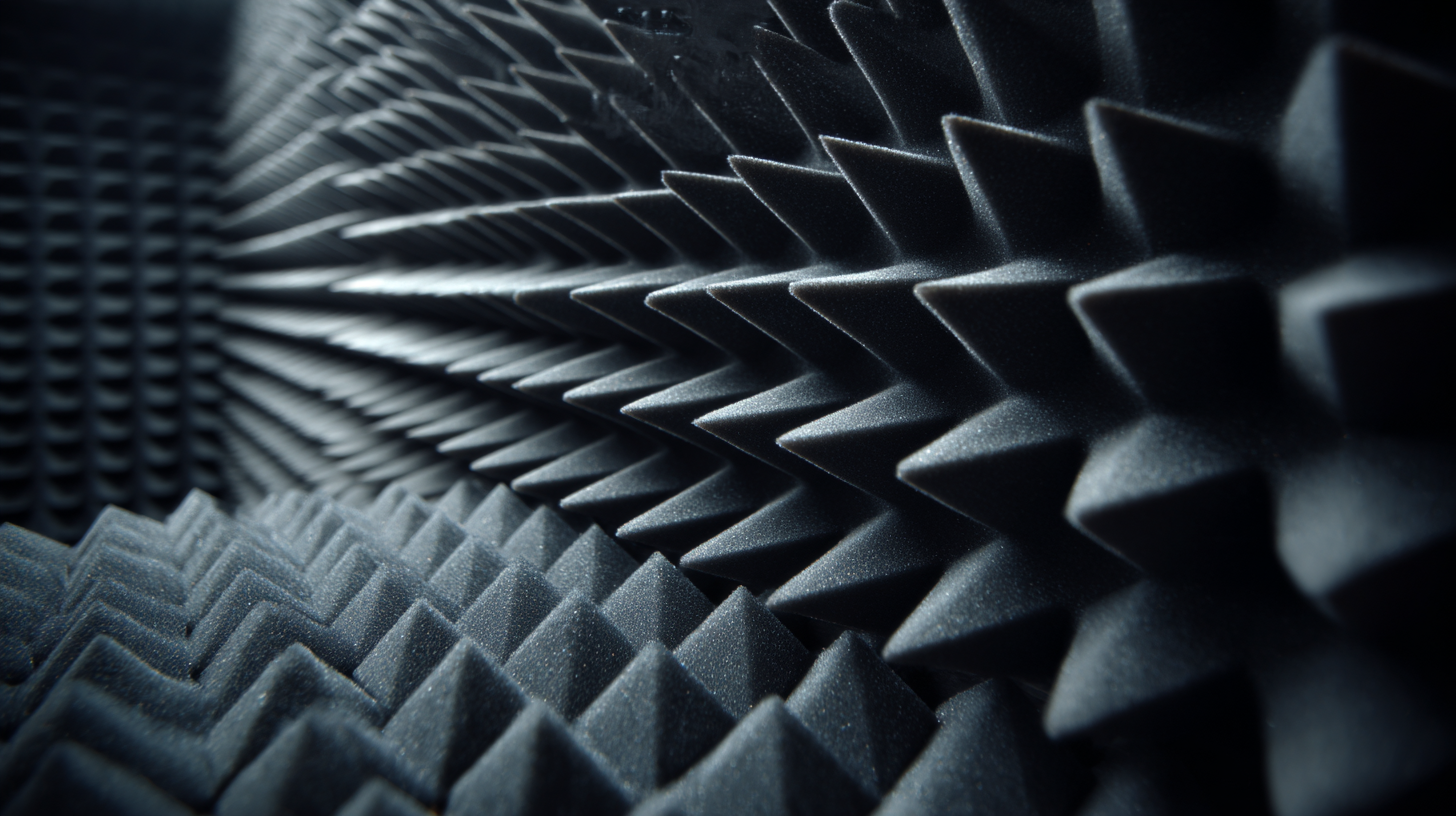
Choosing the Right Type of Soundproof Foam for Your Needs
When choosing soundproof foam, it's essential to consider the specific needs of your environment. The two main types of soundproof foam are acoustic panels and bass traps, each serving unique purposes. Acoustic panels are designed to absorb mid to high-frequency sounds, making them ideal for spaces like recording studios and offices. According to a report by the Acoustical Society of America, properly installed acoustic panels can reduce reverberation time by 50%, significantly improving sound clarity in a space.
On the other hand, bass traps focus on low-frequency sound absorption, which is crucial for achieving balanced sound in larger areas such as home theaters or music rooms. Research from the Institute of Sound and Vibration Research indicates that implementing bass traps can improve low-frequency response by up to 20 dB, creating a more enjoyable audio experience. Selecting the right foam type not only helps in reducing noise but also enhances the overall acoustics of your space, making it a worthwhile investment for anyone looking to improve sound quality.
Installation Tips for Maximum Noise Reduction Efficiency
When it comes to achieving exceptional noise reduction, the proper installation of soundproof foam is crucial. According to a study by the Acoustical Society of America, proper acoustic treatment can reduce noise levels by up to 30 decibels, significantly improving sound quality in both professional and home environments. To maximize the effectiveness of soundproof foam, consider these essential installation tips.
First, ensure that you thoroughly assess the area you wish to treat. Identify the primary sources of noise and the reflective surfaces around them, as sound waves bounce off hard surfaces. A strategic arrangement of soundproofing foam can help absorb these vibrations more effectively. Utilize a measurement tool to determine the optimal placement and quantity of foam needed; over- or under-applying can diminish your efforts.
Additionally, focus on corners and areas where walls meet. Bass frequencies typically accumulate in these zones, leading to unwanted echoes. Installing corner bass traps or thicker foam panels in these areas can dramatically improve noise reduction. For maximum results, always adhere the foam securely to surfaces, as even a slight gap can reduce its efficacy by up to 50%, according to industry estimates.
Maintaining Your Soundproof Foam for Long-lasting Performance
To ensure that your soundproof foam performs effectively over time, regular maintenance is key. This material, while designed to absorb sound and reduce noise, can be susceptible to dust and moisture accumulation. Regularly dusting the foam with a soft cloth or using a vacuum with a soft brush attachment will help keep it clean and free from debris that can hinder its acoustic properties.
Additionally, storing the foam in a dry, controlled environment is crucial. Excessive humidity can lead to mold or mildew growth, compromising both the appearance and functionality of the foam. If your soundproof foam does get wet, it's imperative to dry it thoroughly before reinstallation. By following these simple maintenance tips, you can significantly extend the lifespan of your soundproofing investment and ensure that it continues to deliver optimal noise reduction for years to come.
Unlocking Acoustic Perfection: Why Soundproof Foam is Your Best Investment for Noise Reduction - Maintaining Your Soundproof Foam for Long-lasting Performance
| Dimension | Soundproof Foam Type | NRC Rating | Durability (Years) | Maintenance Frequency |
|---|---|---|---|---|
| 1" x 12" x 12" | Polyurethane Foam | 0.70 | 5 | Every 6 months |
| 2" x 12" x 12" | Melamine Foam | 0.90 | 7 | Every year |
| 3" x 12" x 12" | Open Cell Foam | 0.85 | 6 | Every 4 months |
| 1" x 48" x 48" | Closed Cell Foam | 0.95 | 10 | Every year |
| 2" x 24" x 24" | Acoustic Panels | 0.80 | 8 | Every 6 months |
Related Posts
-
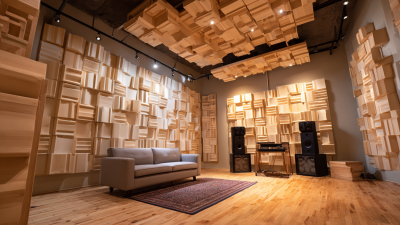
7 Best Sound Absorbing Panels for Ultimate Acoustic Comfort
-
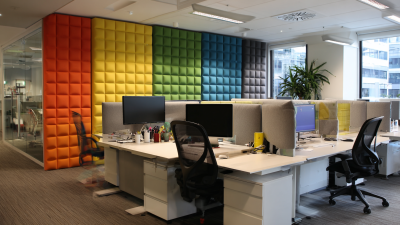
10 Proven Ways Acoustic Sound Panels Improve Office Productivity by 30% or More
-
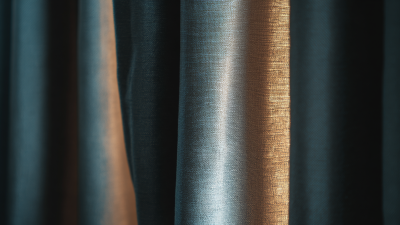
What is Sound Dampening Curtains and How They Reduce Noise Levels by up to 70 Percent
-

Industrial Curtains Market Growth Projections at China Import and Export Fair 2025 138th Session
-
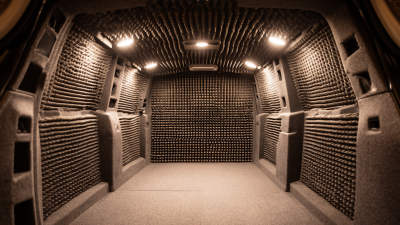
How to Choose the Right Sound Deadening Material for Your Project
-

Exploring the Impact of Sound Absorbing Panels at the 138th Canton Fair 2025: Industry Insights and Trends